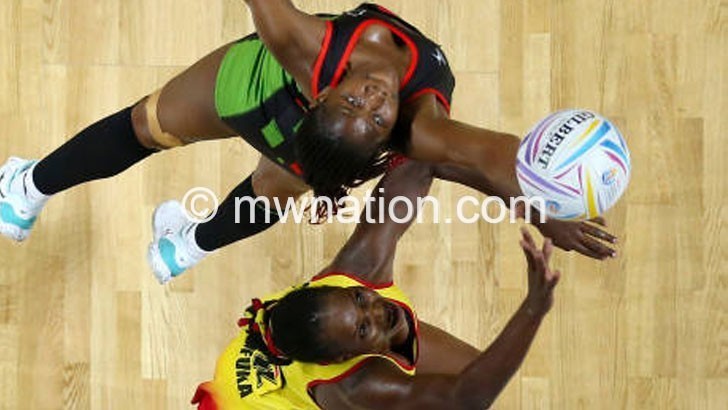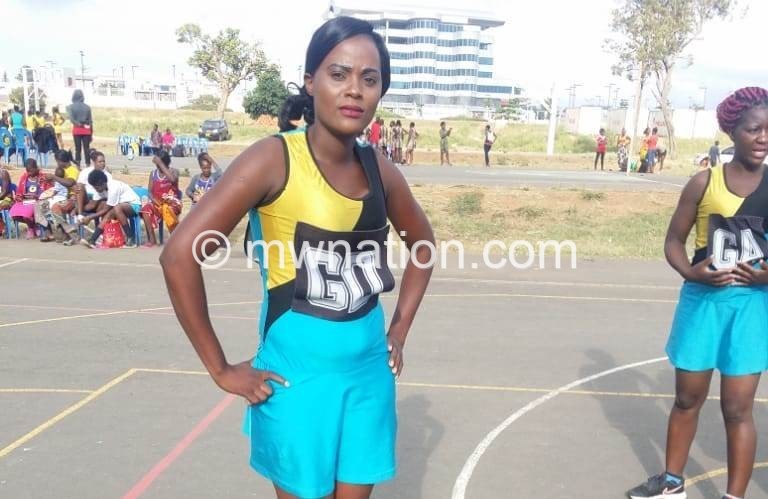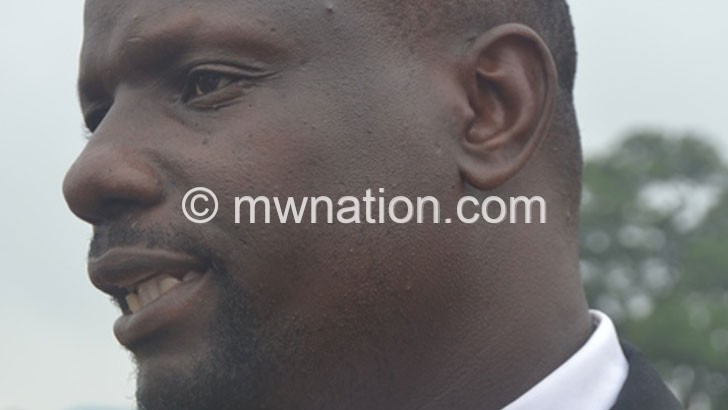Sports docs group that never was
 Either the stumbling blocks are many or they simply are disorganised, but some four years after sports team doctors mooted the idea of forming their association, all is just a mere shapeless pipe dream.
Either the stumbling blocks are many or they simply are disorganised, but some four years after sports team doctors mooted the idea of forming their association, all is just a mere shapeless pipe dream.
In the absence of an association, the sports doctors work without clear code of conduct and benchmarks, with some badly lacking training and others improvised, thereby compromising the health of athletes.
Mighty Wanderers team doctor Levison Mwale was among those who mooted the idea of an association and he was supposed to be the interim president with Matthews Mangondo as the general secretary.
But as Mwale put it, the domestic sports, let alone football family seemed uninterested in embracing the concept of having such a body. In fact, Mwale, at the time of the interview three weeks ago, could not recollect what was supposed to be the name of the association.
“As a result, team doctors work in isolation. Other teams do not even have team doctors. Those who have attended sports medicine training in Malawi are few such as Mangondo,” Mwale admitted.
That a team can just wake up one morning and pick any medical personnel to deal with injuries, let alone give medical advice should scare sports stakeholders in view of the purge of athletes’ health threats, including the notorious cardiac arrest.
Mwale admitted that most team doctors lack specialised training in sports-related injuries and complications. In fact, Mwale, a clinical officer at Queen Elizabeth Central Hospital in Blantyre, is a dermatologist.
“Our association is dormant. We tried to write sponsorship proposals with little success. There is need for an association that could offer us a forum to share ideas and also facilitate training,” he said.
Then Wanderers deputy general secretary Richard Kambalame admitted that financial problems make it difficult for teams to invest in sports medicine, let alone team doctors.
“So, what we have are improvised medical specialists in other areas forced to handle sports injuries. This is dangerous,” Kambalame told Nation Online three weeks ago.
Civo United team doctor Simeon Lijenje too admitted that he is not a specialist in sports injuries, but has vast experience with such cases.
“There are a number of challenges such as lack of career development and inadequate equipment. Clubs take time to send players for treatment upon your recommendation; hence, players think that you do not want to assist them,” said Lijenje.
If the sports doctors were organised, Sports Council could have been willing to register them as one of its affiliates.
“The people behind the idea for the association were the likes of Mangondo, but we have not heard from them. They are missing out a lot in terms of setting minimum perks for their work, training opportunities and also benchmarks of who can practise. Teams end up picking people any how as team doctors,” Sports Council executive secretary George Jana observed on Friday.
In its first analysis of athletes injuries a fortnight ago, Nation Online found out that there was an increase of sports-related injuries at the specialist Beit Cure International Hospital in Blantyre where an average of 50 cases are registered every month.
It was also discovered that domestic Super League teams on average lose three players every season to career-threatening injuries, which doctors, say can be prevented with better medical expertise in teams.
Malawi has in recent years lost sportspersons such as legendary Christopher John Banda (CJ) and Patrick Mvula of Big Bullets due to suspected cardiac arrest suffered while playing social football.
And there were no official reports confirming that Mvula and Banda’s deaths were due to cardiac arrests, which have on the global scale cost the lives of Cameroonian star Marc Vivien Foe.
Recently, Blackburn Rovers’ Congolese-born midfielder Fabrice Muamba cheated death by a whisker after also suffered from a cardiac arrest while playing against Tottenham Hot Spur. He was dead for 78 minutes.
Wikipedia shows that the first case of a footballer dying was registered on January 13 1889 when William Cropper of English side, Staveley suffered a ruptured bowel in a match against Grimsby Town and died the next day.
The last case was recorded on April 14 2012 when Italian Piermario Morosini of Livorno collapsed during a Serie B game against Pescara. The cause of death was cardiac arrest.
Eighty-seven footballers have died on the pitch since 1889 with the causes ranging from blood poisoning, excessive bleeding of open wounds, heart attacks, and cardiac arrests. Malawi sports fraternity and indeed sports team doctors better wake up.





